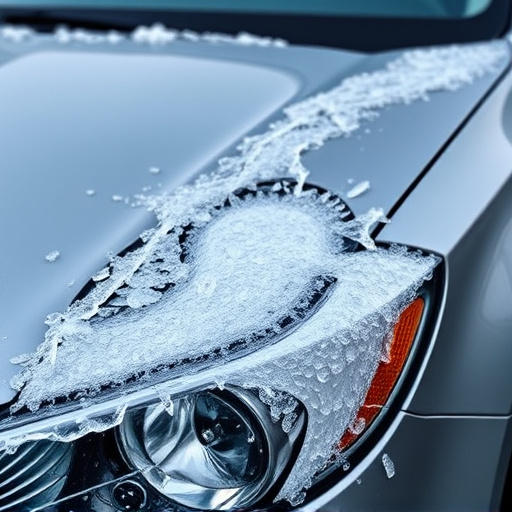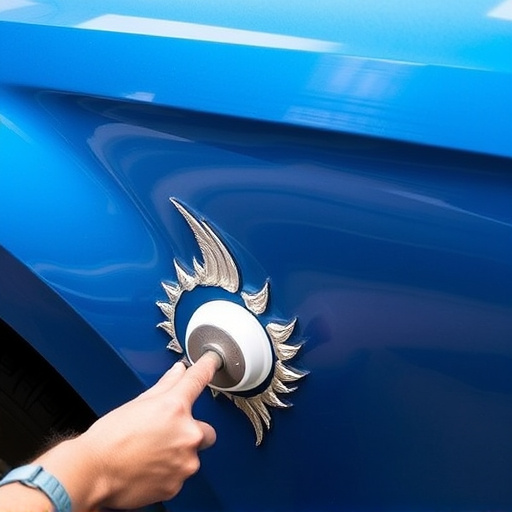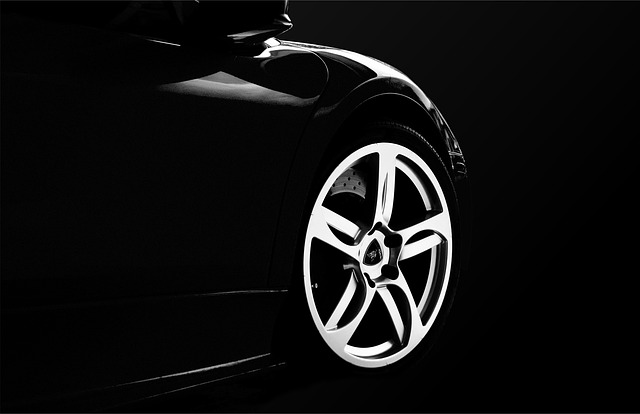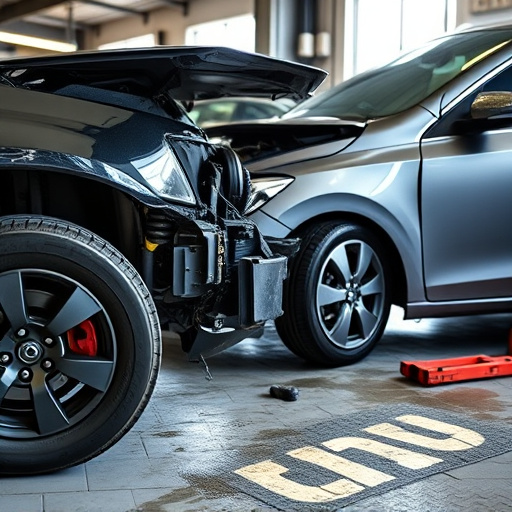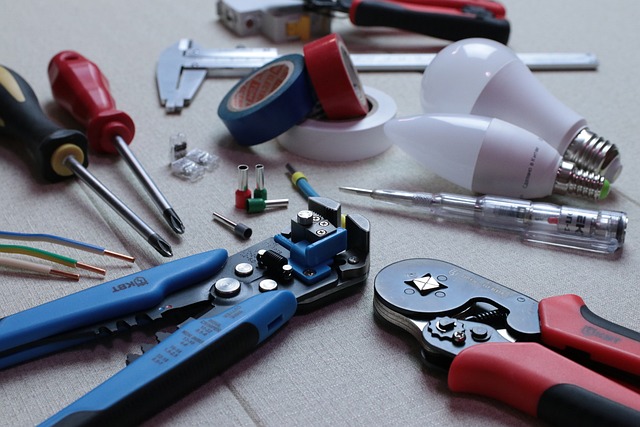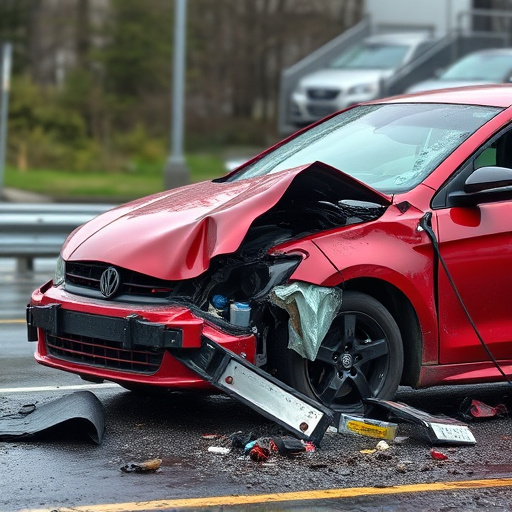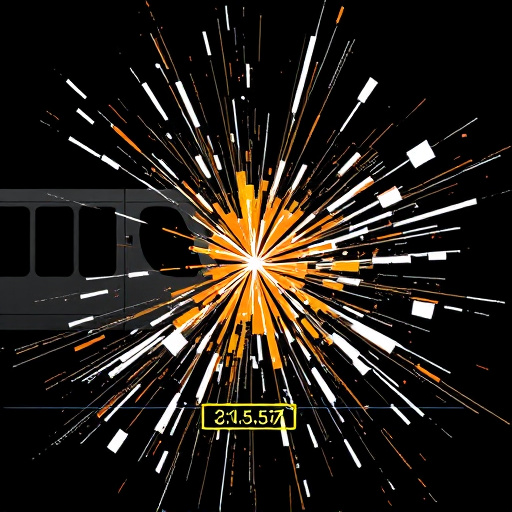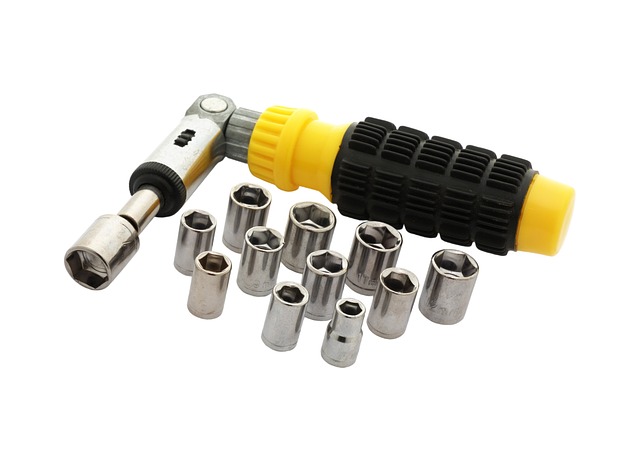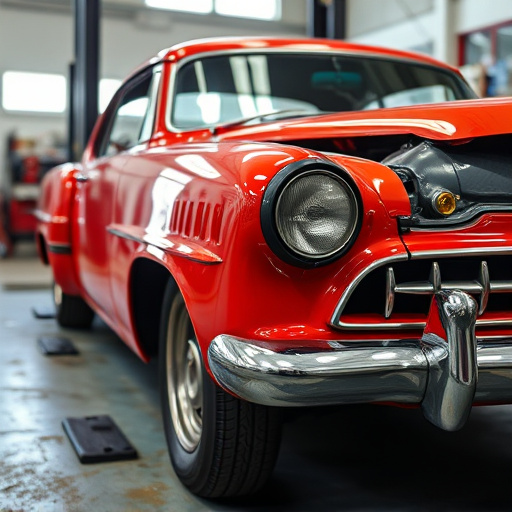In today's digital age, while convenience is king, the post-repair insurance inspection remains a crucial step for drivers. This process ensures automotive repairs meet industry standards and policyholder expectations by identifying visible and hidden issues, particularly in complex areas like fender or car body repair. By catching subtle mistakes early, insurers prevent future costly repairs, maintain transparency, and ensure quality repairs, benefiting both policyholders and insurance providers. Post-repair insurance inspections protect drivers from future vehicle issues, confirm structural integrity, and document damage progressions, preventing disputes and fraudulent claims.
Post-repair insurance inspections play a vital role in safeguarding drivers and their vehicles. These comprehensive checks are essential for ensuring that repairs meet industry standards and align with safety regulations. By examining the work after a repair or maintenance, insurers can verify the quality of the service, accurately assess insurance claims, and prevent potential issues. This process not only protects drivers from inaccurate billing but also helps identify and rectify any subpar workmanship, thereby reducing future damages and expenses.
- Understanding the Importance of Post-Repair Insurance Inspection
- The Role of Inspections in Ensuring Driver Safety and Insurance Claims Accuracy
- How Post-Repair Inspections Can Prevent Future Damages and Expenses
Understanding the Importance of Post-Repair Insurance Inspection
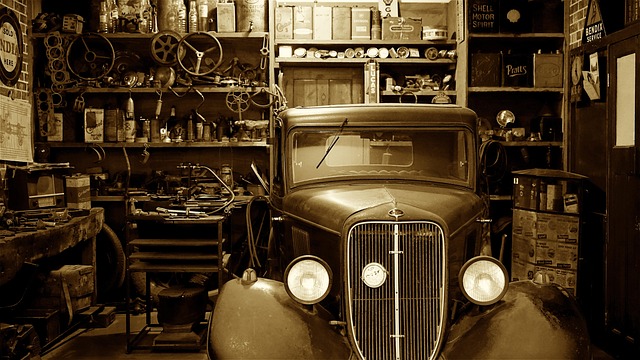
In today’s digital era, where convenience often takes precedence, the post-repair insurance inspection stands as a vital step that shouldn’t be overlooked by drivers. It serves as a crucial quality control measure after any automotive repair, ensuring that the work performed aligns with the industry standards and the policyholder’s expectations. This meticulous process involves a comprehensive evaluation of the vehicle, focusing on both visible and hidden components, particularly in complex areas like fender repair or car body repair.
The significance of this inspection lies not just in identifying any deviations from the original plan but also in safeguarding drivers from potential long-term issues. By catching subtle mistakes during the initial assessment, insurers can prevent costly repairs down the line, fostering a culture of accountability among repair shops. This practice ultimately benefits both policyholders and insurance providers by maintaining transparency and ensuring that every automotive repair meets the required standards.
The Role of Inspections in Ensuring Driver Safety and Insurance Claims Accuracy

Post-repair insurance inspections play a pivotal role in safeguarding driver safety and ensuring the accuracy of insurance claims. Following a car collision or repair, it’s essential to verify that all work has been conducted to industry standards and that the vehicle is safe for the road. These inspections are crucial because they identify any potential issues that might have gone unnoticed during the initial repair process. For instance, while a professional mechanic may have fixed a dent in the car body, an inspection can confirm the structural integrity of the repair, ensuring no hidden weaknesses remain that could compromise safety in future collisions.
Moreover, post-repair insurance inspections help maintain the accuracy of insurance claims. They provide tangible evidence of the extent of damage and the quality of restoration work. This is particularly important when it comes to complex car collision repairs or intricate dent removal processes. By documenting the before, during, and after states of a vehicle, these inspections offer a clear picture that can facilitate fair and precise insurance payouts, protecting both drivers and insurers from potential disputes or fraudulent claims.
How Post-Repair Inspections Can Prevent Future Damages and Expenses
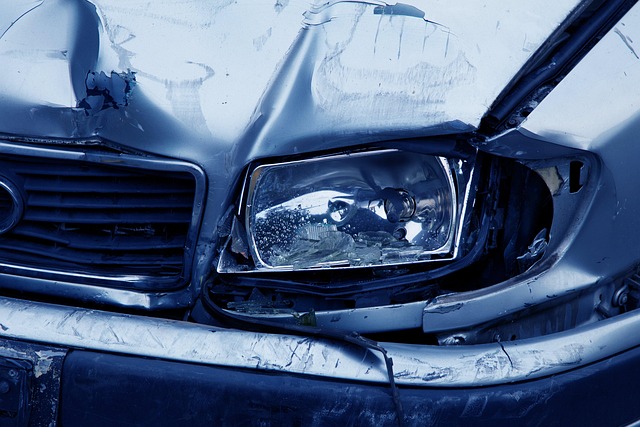
Post-repair insurance inspections play a pivotal role in safeguarding drivers from unforeseen issues that could arise after a vehicle has been repaired by a trusted collision repair shop. During these meticulous checks, trained professionals inspect every aspect of the auto bodywork, ensuring it aligns with the standards set by the manufacturer. This process identifies potential flaws or subpar repairs that might go unnoticed otherwise. By catching these problems early, drivers can avoid more extensive and costly repairs in the future.
Moreover, these inspections provide peace of mind, assuring drivers that their vehicles are safe for the road. A thorough post-repair inspection can uncover issues related to alignment, paint quality, or structural integrity—all of which could lead to catastrophic failure if left unaddressed. This proactive approach not only prevents future damages but also keeps expenses in check, ensuring a driver’s peace of mind and vehicle longevity.
A post-repair insurance inspection is an invaluable step that protects both drivers and insurers. By thoroughly evaluating vehicle repairs, these inspections ensure driver safety, prevent fraudulent claims, and safeguard against future damage. This simple yet critical process plays a pivotal role in maintaining the integrity of insurance claims, ultimately benefiting all parties involved. Embrace the practice to foster a culture of responsible driving and fair insurance practices.
